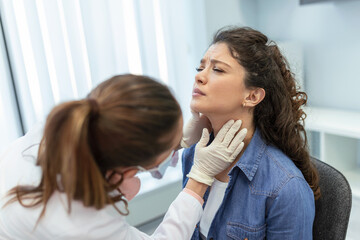Late summer into early fall is the height of "angry bee" season. The next few weeks bees, especially yellow jackets and wasps are going to be aggressive and in a stinging mood. Afterall, they’re in survival mode as they no longer have the resources to maintain their hives.
If you’re out with your family enjoying the last bit of summer, watch out, because bees are going to sting anything within close proximity of their hives! And, if you are allergic, it can be potentially fatal if you get stung by an angry bee. AFC Urgent Care Danbury will cover the do’s and don’ts of bee sting treatments and how you can avoid getting stung this angry bee season.
Ways to avoid getting stung by a bee
- Wear shoes when outdoors, especially in grassy areas.
- Wear clothing to cover as much of the body as possible
- Keep windows and doors screened.
- Keep garbage in sealed receptacles.
- Do not swat at a stinging insect as it increases the likelihood of an aggressive reaction.
- If stung, seek immediate medical attention as reactions can be severe.
- Call a pest professional if you find a nest on your property or suspect an infestation.
If you or your child do get stung however, it's important to understand the difference between a 'normal' reaction to a bee sting, and an allergic reaction to a bee sting.
What are the symptoms of a non-allergic bee sting reaction?
With the majority of bee stings, one will only see minor reactions, such as:
- Itching
- Hives
- Rashes
- Soreness
If this is the extent of your reaction, your child is probably not allergic to bee stings.
What you should do immediately after getting stung by a bee
- Remove the stinger (By SCRAPING it out)
- Apply a cold compress or ice
- Treat with tylenol or NSAID
- Apply topical ointment such as Neosporin to fight any possible infection, and possibly Caladryl, to combat itching
Don't use tweezers to squeeze it out. Using tweezers to remove a bee sting runs the risk of squeezing more venom into the wound. Try removing the stinger by scraping a fingernail over the area or using gauze to wipe it out.
Possible symptoms of an allergic reaction to bee stings, or anaphylaxis
In the U.S. only 3% of all children stung by bees experience severe allergic reactions, however sometimes a child might get stung 2 or 3 times before having an allergic reaction. Especially if there is a family history of allergic reactions to bees, parents should always be prepared for an allergic reaction if a child is stung, as a severe allergic reaction can be life threatening. A severe bee sting reaction is known as anaphylaxis. If your child is stung and experiences any of the following severe reactions there is a good possibility that they are allergic to bees.
Symptoms of an allergic reaction to bee stings, or anaphylaxis
- Throat closes
- Difficulty breathing
- Wheezing
- Racing heart
- Face or mouth swelling
- Fever
AFC Urgent Care Danbury is ready for Angry bee season. Are you?
Our providers at all three of our locations are well equipped for the challenges of angry bee season. Come stop by today at any of our AFC locations in Danbury, CT:
- 76c Newtown Rd.
- 100 Mill Plain Rd.
- 2 Main St.
All 3 of our locations are open 7 days a week and ready to treat you. We accept most insurances and we also offer a low cost self-pay option as well. You can walk-in or make an appointment online to be seen at any of our three locations serving the greater Danbury area!


